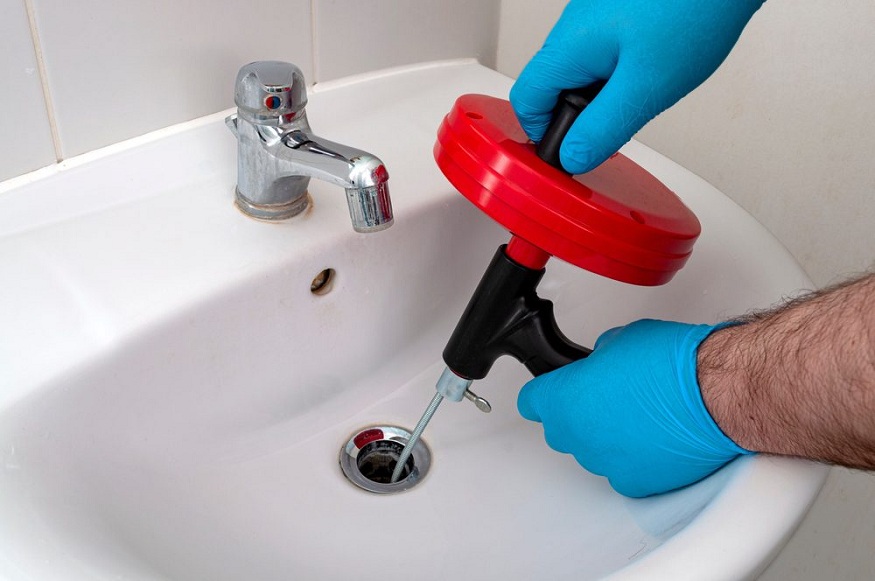How to Prepare Your Property with Sewer Line Repair
Your sewer system is one of the most important yet often overlooked components of your property’s infrastructure. When issues arise, such as blockages, leaks, or aging pipes, addressing these problems promptly becomes necessary to maintain a functional and sanitary environment. Properly preparing your property for necessary work can help streamline the process, reduce disruptions, and ensure a successful outcome. Whether you are dealing with minor maintenance or major replacements, taking the right steps beforehand will help protect your home and keep your system in top shape.
Identify the Warning Signs
Before scheduling any work, it’s crucial to recognize the warning signs of a failing system. Common indicators include slow drainage, unpleasant odors, frequent backups, and patches of overly lush grass in your yard due to leaking waste. Gurgling sounds from drains, persistent clogs, or an increase in pest activity may also signal underlying issues. If you notice any of these symptoms, a professional inspection can confirm whether intervention is needed. Addressing issues early can prevent more extensive damage and costly emergency fixes. Routine inspections and maintenance can also help detect potential concerns before they escalate into serious problems.
Clear the Work Area
Once a clogged drain plumber is scheduled to come by, clearing the area around the affected pipes is essential. Remove any outdoor furniture, plants, or decorative elements that may obstruct access to the system. If excavation is required, be prepared for temporary disruptions to your landscaping. Marking utility lines and ensuring a clear workspace will help the clogged drain plumber complete tasks efficiently and safely. If the work is inside the home, ensure that the affected areas, such as bathrooms, kitchens, or basements, are free of obstacles. Moving valuable items away from the work area and covering furniture can help prevent damage from dust or debris generated during the process.
Understand Maintenance Options
The method used to fix the issue will depend on the extent of the damage. Traditional excavation involves digging up the affected pipe and replacing it, which may require significant restoration afterward. However, modern techniques, such as trenchless solutions, provide less invasive methods that minimize disruption. Pipe bursting, for example, allows new piping to be installed without extensive digging, while pipe relining reinforces the existing structure with minimal excavation. Understanding the options available for your situation can help you make an informed decision about the best approach for your property. Consulting with a professional will ensure you choose the most efficient and cost-effective solution tailored to your specific needs.
Plan for Temporary Plumbing Disruptions
During maintenance or sewer line repair, your property’s plumbing system may experience temporary interruptions. Planning ahead by stocking up on bottled water, scheduling alternative restroom arrangements, and reducing water usage during the project can help minimize inconvenience. Depending on the scope of work, services such as washing machines, dishwashers, and showers may also be impacted. Your contractor will provide a timeline for the work, allowing you to prepare accordingly and adjust your daily routine as needed. If extensive work is required, making temporary accommodations, such as staying with family or friends, maybe a practical consideration.
Prevent Future Problems
Once maintenance is complete, keeping your infrastructure in good condition is crucial to avoiding future complications. Regularly scheduling inspections, keeping drains clear of debris, and being mindful of what goes down the pipes can help extend their lifespan. Avoid flushing non-degradable items, monitor tree root growth near underground lines, and be proactive about minor maintenance to prevent larger problems down the road. Homeowners should also consider installing drain covers and backflow prevention devices to enhance system efficiency and reduce the risk of unexpected issues.
Keeping your plumbing system in good condition is essential to the overall health of your home. By identifying warning signs early, clearing the work area, understanding available maintenance options, and planning for temporary water disruptions, you can ensure a smooth and efficient process. Taking these proactive steps will not only help prevent future issues but also extend the lifespan of your plumbing infrastructure. If you suspect any issues, consulting a professional as soon as possible can save you time, money, and potential headaches in the long run. Prioritizing routine care and timely interventions will help maintain a safe and efficient system for years to come.

